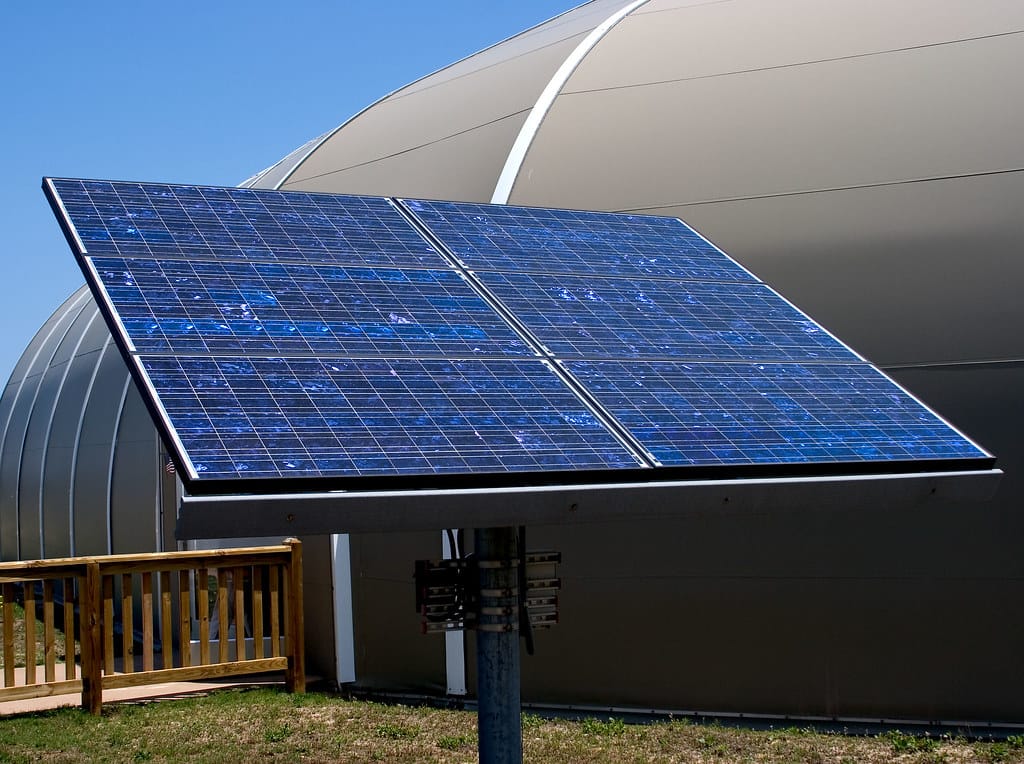Solar Power Breaks Historic Milestone: EU's Top Electricity Source for First Time
The European Union has reached a pivotal moment in its renewable energy transition, with solar power officially becoming the continent's leading source of electricity generation last month—marking the first time in history that photovoltaic technology has claimed the top spot in the EU's energy mix.
This unprecedented achievement represents more than just a statistical milestone; it signals a fundamental shift in how Europe powers itself and offers a glimpse into the continent's carbon-neutral future.
The Numbers Behind the Solar Surge
According to data from the European Network of Transmission System Operators for Electricity (ENTSO-E), solar installations across the 27 EU member states generated approximately 12.2% of the bloc's total electricity in the measured period, narrowly surpassing traditional leaders like natural gas (11.9%) and wind power (11.7%).
The surge was particularly pronounced in southern European countries, where optimal weather conditions combined with expanded solar capacity created perfect conditions for record-breaking generation. Spain led the charge with solar accounting for nearly 23% of its electricity mix, followed by Greece at 19% and Italy at 16%.
Germany, despite less favorable weather conditions, contributed significantly to the overall numbers due to its massive installed solar capacity of over 70 gigawatts—the largest in the EU.
Driving Forces Behind Solar's Dominance
Capacity Expansion at Record Pace
The EU added an estimated 56 gigawatts of new solar capacity in 2023, representing a 40% increase from the previous year. This installation boom was fueled by several factors:
- Energy security concerns following geopolitical tensions and supply chain disruptions
- Falling technology costs making solar installations more economically attractive
- Supportive policy frameworks including the REPowerEU plan and national renewable energy targets
- Corporate adoption with businesses increasingly investing in solar to meet sustainability goals
Perfect Storm of Favorable Conditions
Last month's achievement wasn't just about installed capacity—it was also about timing. Extended daylight hours during the peak summer period, combined with exceptional weather conditions across much of Europe, created optimal generation scenarios that allowed solar installations to operate at maximum efficiency.
Regional Variations and Grid Impact
The solar surge wasn't uniform across the continent. Northern European countries like Denmark and Finland contributed less to the overall solar generation but compensated with robust wind power production. This geographic diversity in renewable sources is proving crucial for grid stability and energy security.
Grid operators reported managing the variable nature of solar generation through improved forecasting systems and increased flexibility in energy storage and demand response programs. The milestone month saw minimal grid stability issues, demonstrating the maturity of Europe's renewable energy infrastructure.
Economic and Environmental Implications
Cost Savings for Consumers
The dominance of solar power during peak demand periods helped suppress wholesale electricity prices across several EU markets. In Germany, day-ahead electricity prices dropped to their lowest levels in months during peak solar generation hours, directly benefiting consumers and energy-intensive industries.
Carbon Emissions Reduction
Environmental data suggests that solar's temporary dominance contributed to a significant reduction in the EU's electricity sector carbon emissions. Preliminary estimates indicate a 15% month-over-month decrease in CO2 emissions from power generation, equivalent to taking approximately 2.5 million cars off the road.
Challenges and Future Outlook
Despite this historic achievement, experts caution that solar's position as the leading electricity source remains seasonal and weather-dependent. The real test will come during winter months when solar generation naturally decreases and heating demands increase.
Energy storage deployment and grid flexibility improvements will be crucial for maintaining solar's prominence year-round. The EU is investing heavily in battery storage systems and exploring innovative solutions like power-to-gas technologies to address these challenges.
A Glimpse into Europe's Energy Future
Solar power's breakthrough moment represents more than a temporary milestone—it's a preview of Europe's renewable energy future. Current projections suggest that by 2030, solar could regularly account for 15-20% of the EU's annual electricity generation, with peak months potentially seeing even higher percentages.
This achievement validates the EU's aggressive renewable energy targets and demonstrates that the transition to clean energy is not just aspirational but actively unfolding. As technology continues to improve and costs decrease, solar power's historic month may well be remembered as the moment Europe's renewable energy revolution truly took flight.
The message is clear: the future of European electricity is increasingly bright, sustainable, and powered by the sun.

